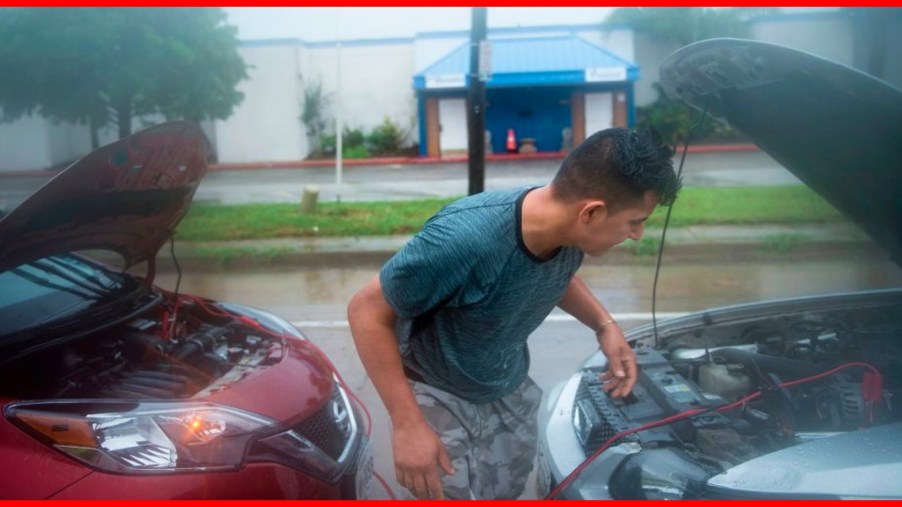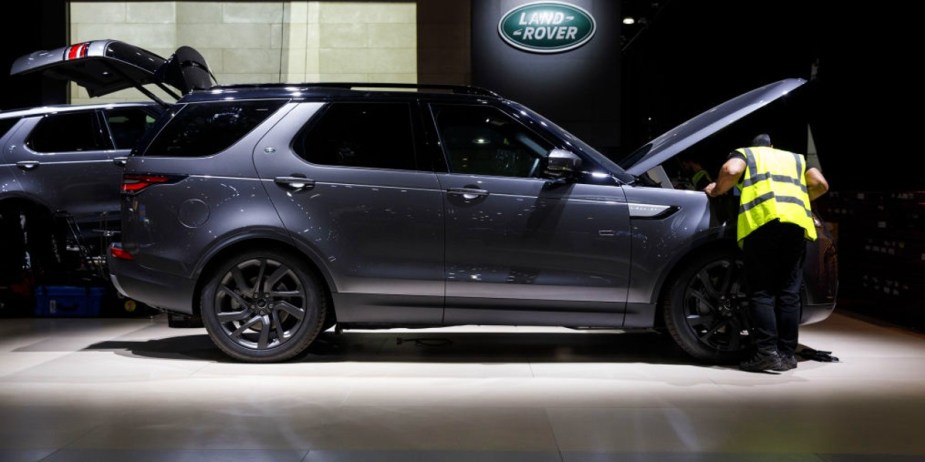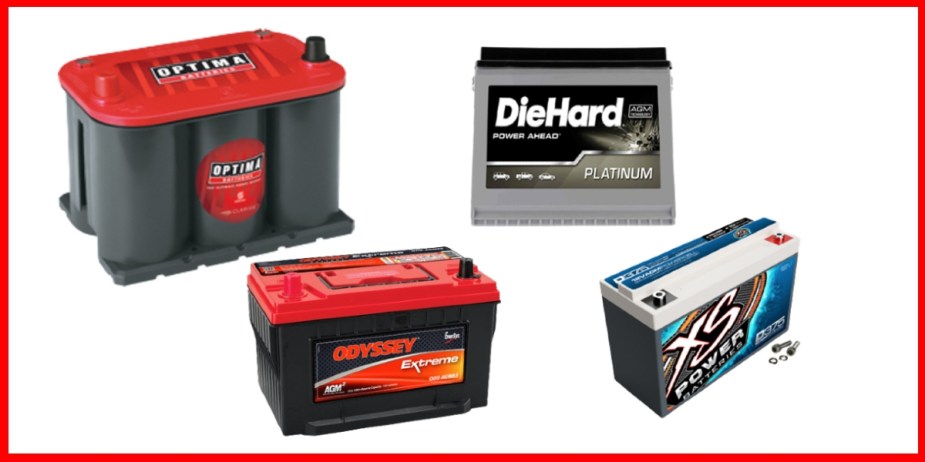
What to Do If Your SUV’s Battery Dies in 2023: A Step-by-Step Guide
So, your SUV won’t turn on. If you don’t have engine or other major mechanical issues, there’s a good chance that your battery is the culprit. A telltale sign of battery issues is that the lights in your interior will flicker when you attempt to start your engine. Some vehicles also have battery warning indicators. You can also hear a clicking noise when trying to start your SUV. While some unreliable SUVs are more prone to battery issues, batteries that need a jump are fairly common. What steps should you take after realizing that your battery may need a jumpstart?
Why do SUV batteries die?

Most drivers have been there. You’re eager to hit the road and turn your key in the vehicle’s ignition only to be met with a loud clicking noise instead of the satisfying growl of an engine’s cold start. Why did this happen in the first place?
Reasons why SUV batteries die
- High or low temperatures
- The SUV’s battery is old and needs replacing
- An electrical component or device in the SUV is actively draining the battery
One of the most common causes of a dead SUV battery is low temperatures. Extremely high temperatures can affect battery performance as well. Furthermore, if your battery is older, it can be more sensitive to extreme shifts in temperature.
AutoZone claims that the typical lifespan of a vehicle battery is three to five years. Since some SUVs can last upwards of 10 to 14 years, expect to change your SUV battery at least two to three times if you intend on long-term ownership.
Additionally, alternator issues or interior lights can also drain an SUV’s battery. So, a battery that dies frequently can be a symptom of a different issue entirely. Now that we’ve explored why SUV batteries die, let’s dive into what you should do after discovering that your battery is dead.
Steps to safely jumpstart your SUV
After determining that your SUV battery is dead, it’s time to get it jumpstarted. Jumpstarting a vehicle means using another vehicle or external power source to recharge your dead battery via a transfer of electricity. Typically, you’ll use jumper cables to jump a car’s battery. Jumper cables are designed to safely transfer negative and positive charges from one battery pack to another.
How to jumpstart your SUV using jumper cables in 2023
- Park a vehicle with a functioning battery near the SUV with the dead battery. Turn off the ignition of both vehicles.
- Safely remove cables from trunk or storage area.
- Pop the hoods of each vehicle and find the battery terminals (atop the batteries)
- Attach the red clamp to the positive (+) terminal of the SUV’s dead battery. Attach the additional red clamp to the positive (+) terminal of the vehicle with the functioning battery.
- Attach a black clamp to the vehicle with the functioning battery’s negative (-) terminal. Attach the final black clamp to the vehicle with the dead battery’s negative (-) terminal or an unpainted metal part, like a bracket or bolt, to ground it (under the hood of the SUV).
- Start the vehicle with the working battery, then attempt to start the SUV with the dead battery.
If you follow these steps, the SUV with the dead battery should roar back to life. It could take a few attempts to turn the engine over with the SUV’s key. Then, drive the SUV that has been jumpstarted to allow the alternator to recharge the battery fully after safely removing the jumper cables. A driving period of around 20 minutes should give adequate time to recharge the battery, assuming that it’s functioning correctly.
Choosing the right SUV battery replacement in 2023
Hopefully, this guide helped you jumpstart your dead battery. If it didn’t, you could have an alternator issue, or it may be time for a battery replacement. If your battery is three to five years old and consistently needs jumpstarting, here are a few steps to choosing the right SUV battery replacement.
Steps to choosing the right SUV battery replacement

- Search for a replacement battery for your vehicle’s model year, make, and model.
- After ensuring that a battery is compatible with your vehicle, check ratings to see how it’s received by other consumers.
- After confirming that a battery is compatible and reasonably well-liked by other drivers, finalize your purchase and schedule your installation (if you are getting the battery installed via an auto shop).
Some of the best aftermarket battery brands include Optima, DieHard, Odyssey, and XS Power. Once you have a reliable (and fairly new) working battery in your vehicle and a working alternator, you shouldn’t experience battery power issues regularly.



